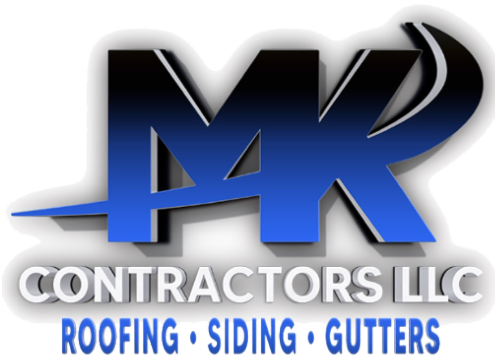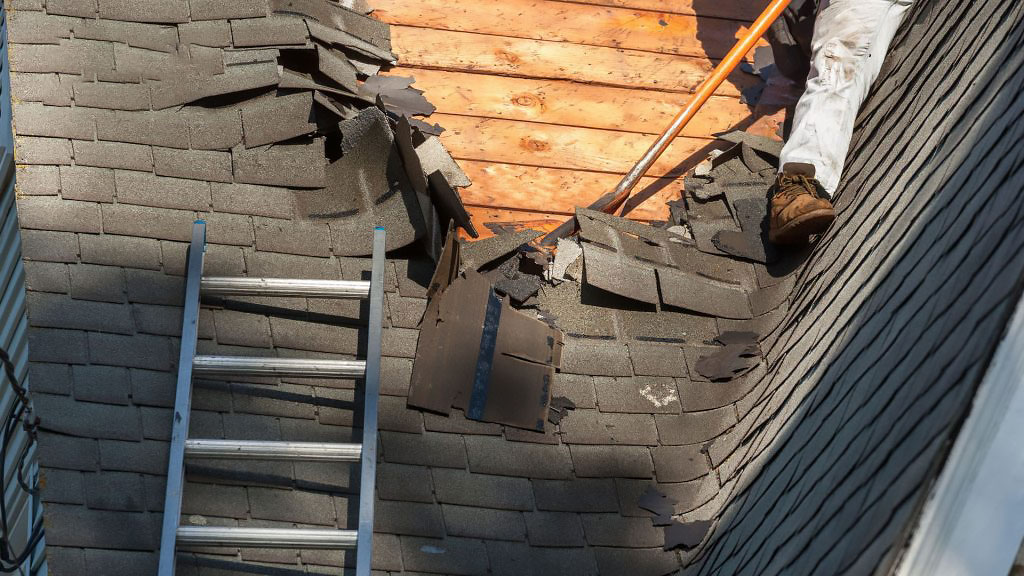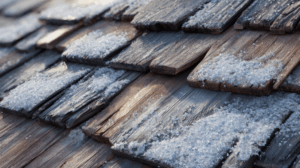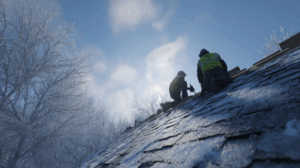When the first cold snap rolls through Kentucky, most homeowners shift into winter prep mode—checking furnaces, sealing windows, and stocking up on firewood. But there’s one critical part of the home that often gets overlooked until it’s too late: the roof.
Your roof is your home’s first defense against freezing rain, snow, and ice. If it’s compromised, even small issues can snowball into major repairs come January. The good news? You can spot early warning signs before the damage worsens.
In this guide, we’ll walk you through the top indicators that your roof needs attention—or even full replacement—before winter sets in. If you’re noticing these symptoms, now’s the time to act before cold weather makes repairs more difficult and expensive.
1. Curling, Cracked, or Missing Shingles
Take a look at your roof—if you see shingles curling up at the edges, cracked from age, or missing entirely, that’s your first red flag. These aren’t just cosmetic issues. Shingles in poor condition can’t properly shed water, and in freezing weather, trapped moisture turns to ice, prying the remaining shingles loose and creating leaks.
When the temperatures drop, damaged shingles can become brittle, breaking under the weight of snow or ice. If more than a few shingles are compromised, it’s often more cost-effective to replace the entire roof rather than patching problem areas repeatedly.
2. Granules in the Gutters
As asphalt shingles age, they shed tiny granules that look like coarse sand. It’s normal to see a few when the roof is new, but finding handfuls of them in your gutters or near your downspouts is a warning sign your roof’s protective layer is breaking down.
Without those granules, shingles can’t reflect sunlight effectively, causing them to overheat and deteriorate faster. By the time granules start washing away, the shingles themselves are nearing the end of their lifespan—and winter is not the season to gamble on a failing roof.
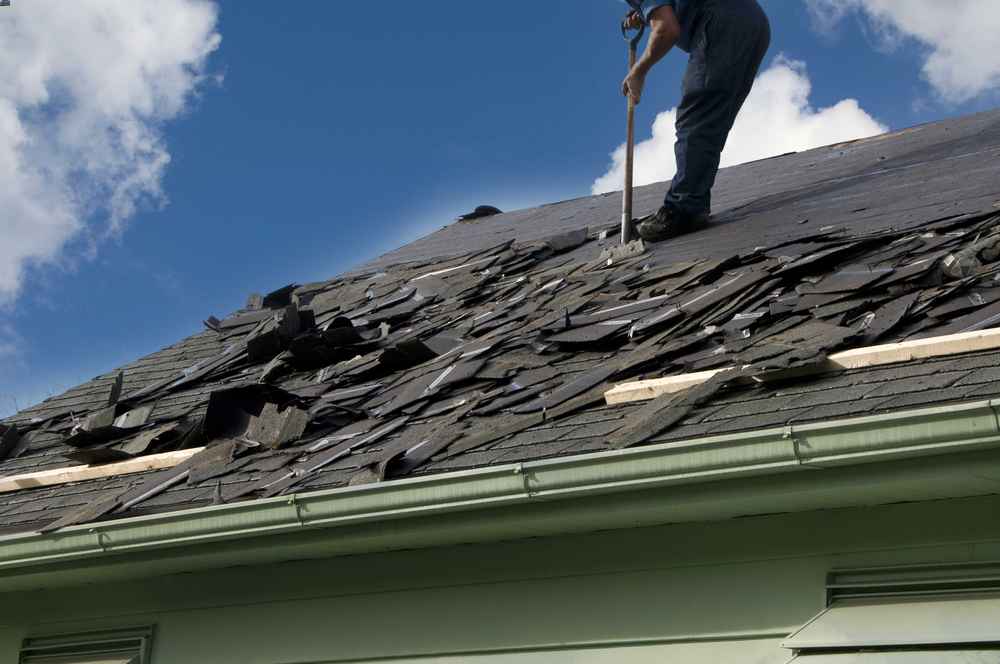
3. Leaks or Water Stains Indoors
A small drip in the attic or brown stain on the ceiling might not seem like much—until it’s freezing outside and you’re dealing with a full-blown roof leak.
Even minor leaks can cause major problems when temperatures drop below freezing. Water trapped under shingles or in your attic can freeze and expand, opening up new cracks and worsening existing ones.
If you notice any of the following, it’s time to call in the pros:
- Damp insulation or musty smells in the attic
- Water stains on ceilings or walls
- Peeling paint or bubbling drywall
- Visible daylight coming through the roof boards
A roofing specialist can assess whether it’s a simple repair or a deeper issue requiring replacement.
4. Sagging or Uneven Rooflines
Stand back and look at your home from the street. Does your roofline appear uneven, wavy, or sagging in spots? That’s a serious structural warning sign.
Sagging can indicate water damage in the decking or rafters, often caused by long-term leaks or poor ventilation. In winter, snow accumulation adds extra weight, putting even more strain on weakened areas—and that’s when real damage (or even collapse) can occur.
A sagging roof should always be evaluated by a licensed roofing contractor as soon as possible.
5. Your Roof Is Over 20 Years Old
Age alone is one of the biggest factors in roof performance. Asphalt shingles typically last 15–25 years, while metal and premium materials last longer. If your roof is pushing that 20-year mark and you’ve started noticing wear and tear, replacement is probably the smart move.
Kentucky’s seasonal temperature swings—from humid summers to icy winters—speed up roofing deterioration. An older roof may still look intact, but internal wear (like dried-out sealants or soft decking) can cause sudden failure when snow and ice take hold.
If you’re unsure how old your roof is, a professional inspection can help determine its remaining lifespan.
6. Increasing Energy Bills
Noticing a steady climb in your heating costs? Your roof might be to blame.
When shingles lose their integrity or attic insulation becomes compromised by leaks, warm air escapes and cold air seeps in. Your HVAC system has to work harder to maintain comfort, driving up your bills.
A new roof, especially one with proper underlayment and ventilation, can make a huge difference in keeping your home warmer and your energy costs lower. In fact, many modern roofing materials are designed with energy efficiency in mind, reflecting heat and improving insulation.
7. Daylight or Drafts in the Attic
Head up to your attic on a sunny day. If you see streaks of light shining through the roof boards, that’s not “natural ventilation”—it’s a sign of gaps or damage. Those same openings that let in sunlight will also let in cold air, snow, and moisture once winter arrives.
While a few small gaps can sometimes be repaired, multiple visible light spots are usually a sign that your roof decking is deteriorating or your shingles are no longer sealing properly. That’s your cue to consider replacement before the next cold snap hits.
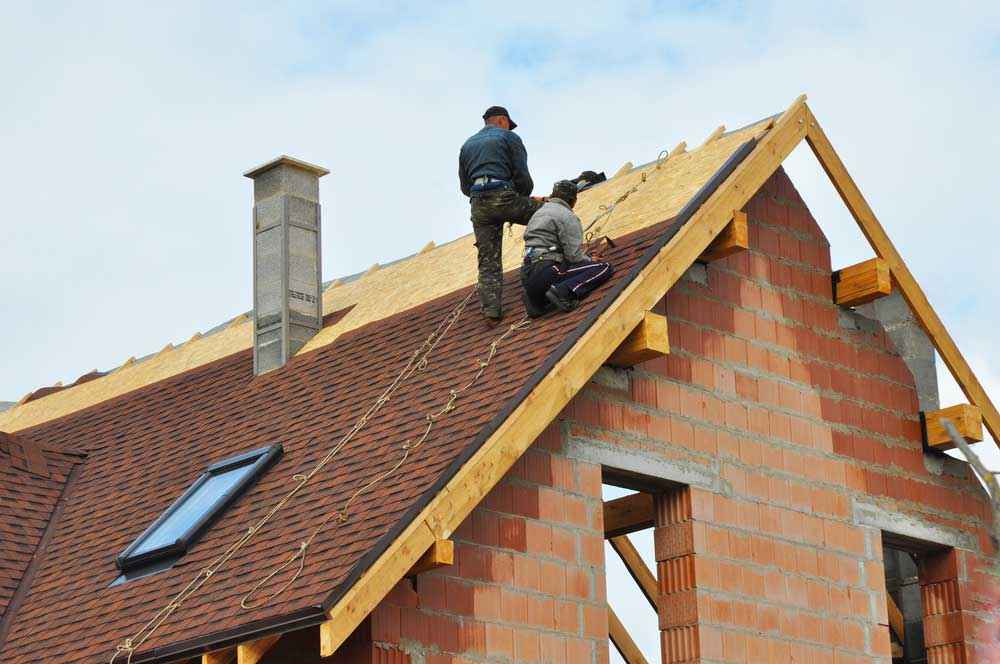
Quick Checklist: Is It Time for a New Roof?
If you’re not sure whether your roof is still winter-ready, use this simple checklist:
- Curling, cracked, or missing shingles
- Granules collecting in gutters
- Water stains or leaks inside
- Sagging roofline
- Roof over 20 years old
- Rising heating bills
- Daylight visible in attic
If you checked two or more boxes, it’s time to call a professional before the first freeze.
Don’t Wait Until the First Snowfall
Here’s the truth: small roofing problems don’t stay small in winter. Once snow and ice hit, those issues can spread fast, leading to costly damage not just to your roof—but to your home’s interior as well.
Getting a roof inspection or replacement before winter means peace of mind when the temperatures drop. You’ll stay warm, dry, and protected, knowing your home can handle whatever Kentucky weather throws at it.
If you’ve spotted any of the warning signs above—or you’re simply unsure about your roof’s condition—don’t wait until the snow starts to fall. Contact MK Contractors in Lexington, KY, for a professional inspection and honest recommendations. Their experienced team will assess your roof, explain your options clearly, and ensure your home is ready to face the cold months ahead.
Call MK Contractors today and take the first step toward a worry-free winter under a roof you can trust.
